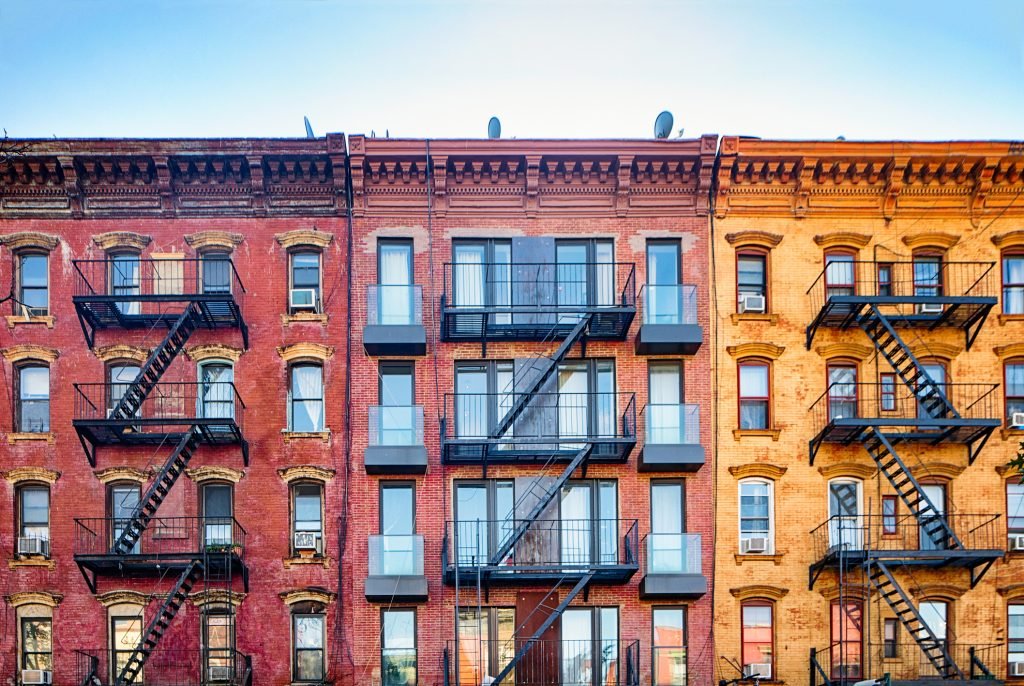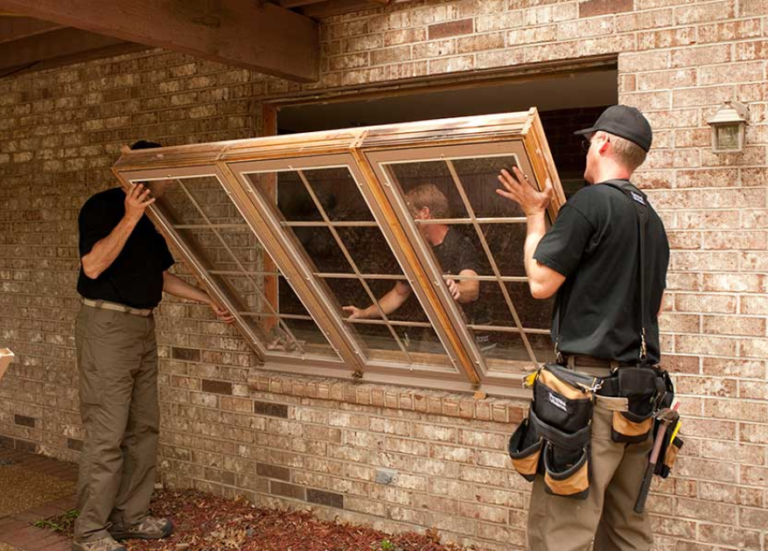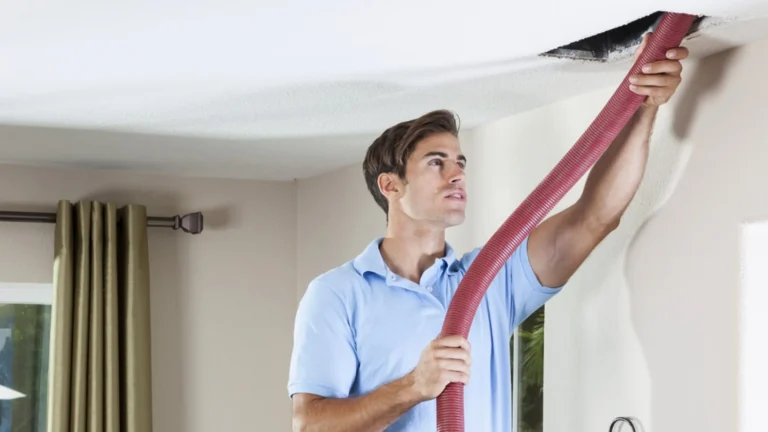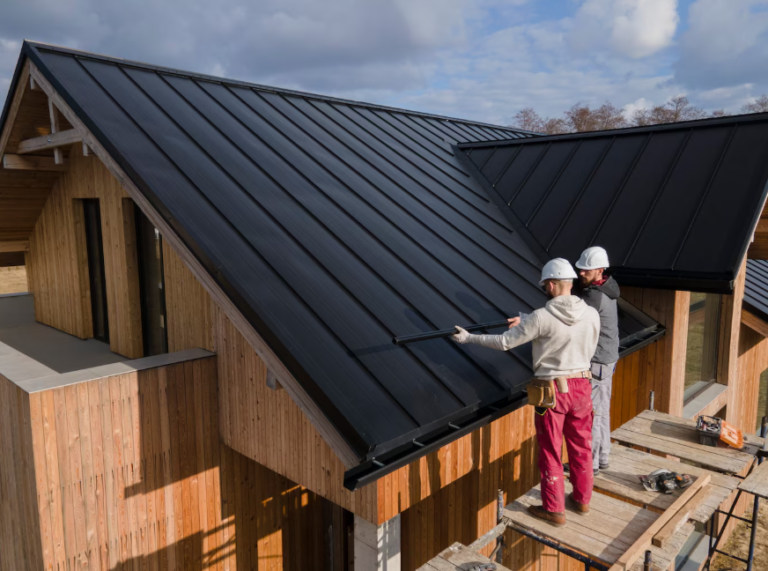Why NYC Lead Inspections Are Mandatory for Older Buildings?
Introduction
NYC lead inspections are more than a routine process—they’re a vital health and legal requirement, especially for buildings constructed before 1978. With tens of thousands of older buildings still standing in New York City, many of them contain lead-based paint that poses a serious risk to residents, particularly young children. City regulations mandate regular inspections and remediation to ensure that this toxic substance does not impact public health. Understanding why these inspections are enforced helps both landlords and tenants remain compliant and protected.
The Hidden Danger: What Is Lead Paint and Why Is It Harmful?
Health Risks of Lead Exposure
Lead is a neurotoxin that was commonly used in household paint due to its durability and color retention. However, once the health risks became known, its use was banned in residential buildings in 1978. Exposure to lead—particularly through dust or chipping paint—can cause irreversible health problems. These include cognitive delays, learning disabilities, behavioral issues, and in severe cases, permanent brain damage.
Why Children and Pregnant Women Are Most at Risk
Young children are especially vulnerable because of their developing nervous systems and their tendency to put objects and hands in their mouths. Pregnant women exposed to lead may suffer miscarriages or give birth to babies with developmental issues. Even minimal exposure is dangerous, as there is no safe blood lead level according to the CDC.
NYC’s Legal Framework: Why Inspections Are Mandatory
Local Law 1 of 2004
The foundation of NYC’s lead safety regulation is Local Law 1 of 2004, also known as the Childhood Lead Poisoning Prevention Act. It requires landlords to identify and correct lead hazards in rental properties where young children live. If the building was built before 1960, it’s presumed to contain lead paint unless tested otherwise. This law mandates annual inspections and immediate remediation if hazards are found.
Key Updates in 2020 and 2021
In 2020, updates to the law lowered the threshold for violations and increased documentation requirements. By 2021, new amendments required all apartments in applicable buildings to be inspected by August 2025, regardless of whether children are present. These changes emphasize the city’s goal of completely eliminating childhood lead poisoning.
Read Also: How Charlotte Business Brokers Simplify Buying a Business
Who Is Required to Conduct Lead Inspections?
Buildings Constructed Before 1960
Buildings built before 1960 are automatically presumed to contain lead-based paint. NYC law requires landlords of these buildings to conduct annual lead paint inspections in units occupied by children under six.
Properties Built Between 1960 and 1978
Though not presumed to contain lead paint, buildings constructed between 1960 and 1978 must still be inspected if there is reasonable cause to suspect the presence of lead. Landlords are responsible for verifying whether lead is present through certified testing.
Homes with Children Under Six
If a child under the age of six lives in a unit, annual inspections are mandatory regardless of the building’s construction date. The law is designed to proactively prevent exposure rather than wait for symptoms to arise.
What Happens During an NYC Lead Inspection?
X-Ray Fluorescence (XRF) Testing
The most common testing method used during NYC lead inspections is XRF (X-ray fluorescence). This tool allows inspectors to detect the presence of lead in painted surfaces without damaging the structure. It works by scanning through paint layers to detect lead concentrations.
Visual and Dust-Wipe Analysis
In addition to XRF scanning, inspectors conduct a visual assessment for peeling or chipping paint. They may also collect dust samples from floors, window sills, and other surfaces to be tested in a lab. These tests are crucial for determining the presence of lead dust, which is a major source of exposure.
Documentation and Compliance Reports
After the inspection, a full report is generated showing where lead was found and what corrective actions are required. If hazards are present, landlords must use EPA-certified contractors for remediation. Once the remediation is complete, a follow-up clearance test must confirm the area is safe before re-occupancy.
Responsibilities of Landlords and Property Managers
Legal Compliance
Landlords are legally obligated to conduct lead inspections, maintain records, notify tenants of hazards, and ensure safe removal procedures are followed. The Department of Housing Preservation and Development (HPD) monitors compliance through periodic audits and inspections.
Consequences of Non-Compliance
Failing to comply with inspection requirements can result in fines, lawsuits, or criminal charges. Repeat violators may be added to a public registry and lose certain property rights. In some cases, landlords have been forced to pay for temporary tenant relocations during remediation.
Documentation and Record Keeping
Landlords must retain inspection and remediation documentation for at least 10 years. These records must be available upon request by city inspectors or tenants. Keeping accurate records helps avoid legal disputes and demonstrates ongoing compliance.
Health Risks and Real-World Consequences
Long-Term Effects of Lead Exposure
The health impacts of lead exposure are serious and long-lasting. Children exposed to lead often suffer from reduced IQ, attention disorders, and academic difficulties. For adults, lead poisoning can cause kidney damage, high blood pressure, and reproductive problems.
Case Studies in NYC
Over the years, multiple lawsuits have been filed against property owners for failing to conduct required inspections. In some public housing developments, thousands of children were exposed to lead due to the negligence of housing authorities. These high-profile cases have driven stricter enforcement and public awareness campaigns across the city.
Tenant Rights and What You Can Do
Know Your Rights Under NYC Law
Tenants have the right to a safe, lead-free environment. If you live in an older building and suspect there’s lead-based paint, you can file a complaint through NYC 311 or with the Department of Housing Preservation and Development.
Requesting an Inspection
If you have a child under six or see signs of peeling paint, you can legally request an inspection. Tenants also have the right to be notified about inspection results and any remediation plans. In certain cases, you may be eligible for legal assistance to enforce your rights.
NYC’s Vision for a Lead-Free Future
Stronger Regulations and Universal Compliance
New York City is aggressively moving toward its goal of eliminating childhood lead exposure. The mandate for full inspections by 2025, increased penalties for violations, and expanded tenant protections are all part of this effort.
Innovations in Testing and Abatement
New technology and better materials are making it easier and safer to inspect and remediate lead. More contractors are becoming EPA-certified, and data systems are improving the city’s ability to track compliance.
Conclusion
In a city known for its historic architecture and dense population, NYC lead inspections are essential to safeguarding public health. These inspections ensure that aging homes and apartments are not silently harming the people who live in them—especially children, who are most at risk.
By enforcing strict laws, offering tenant protections, and holding landlords accountable, New York City is setting a national standard for lead safety. As we look ahead to 2025 and beyond, compliance with lead inspection laws is more than a legal responsibility—it’s a commitment to a healthier, safer city for everyone.






